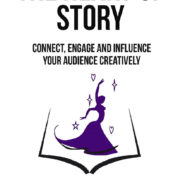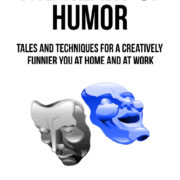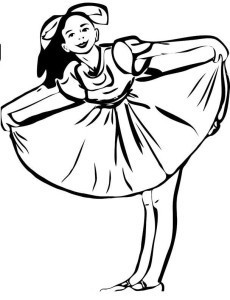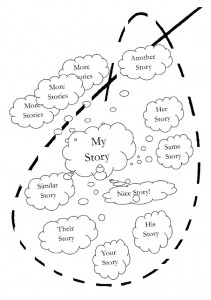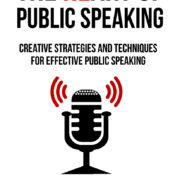Posts
https://www.mandhyan.com/wp-content/uploads/2017/06/THOS061717.jpg
1275
825
Mandhyan
http://www.mandhyan.com/wp-content/uploads/2018/08/RM-Website-Logo-e1535351828953.png
Mandhyan2015-03-10 10:46:432017-06-17 22:38:08Stories as Drivers of Engagement and Innovation
https://www.mandhyan.com/wp-content/uploads/2017/06/THOC061717.jpg
1275
825
Mandhyan
http://www.mandhyan.com/wp-content/uploads/2018/08/RM-Website-Logo-e1535351828953.png
Mandhyan2015-02-08 06:27:192017-06-17 22:39:09Coaching Is the Air I Breathe
https://www.mandhyan.com/wp-content/uploads/2017/06/THOS061717.jpg
1275
825
Mandhyan
http://www.mandhyan.com/wp-content/uploads/2018/08/RM-Website-Logo-e1535351828953.png
Mandhyan2015-01-07 20:18:472017-06-17 22:42:27the HeART of STORY: Stories, How They Serve Organizations, Part 1
https://www.mandhyan.com/wp-content/uploads/2017/06/THOS061717.jpg
1275
825
Mandhyan
http://www.mandhyan.com/wp-content/uploads/2018/08/RM-Website-Logo-e1535351828953.png
Mandhyan2014-12-30 08:22:332017-06-18 11:23:00the HeART of Story : History of Storytelling
https://www.mandhyan.com/wp-content/uploads/2017/06/THOH061717.jpg
1275
825
Mandhyan
http://www.mandhyan.com/wp-content/uploads/2018/08/RM-Website-Logo-e1535351828953.png
Mandhyan2014-12-16 01:09:072017-06-18 11:24:46Laughing, Talking Sunshine!
https://www.mandhyan.com/wp-content/uploads/2017/06/THOS061717.jpg
1275
825
Mandhyan
http://www.mandhyan.com/wp-content/uploads/2018/08/RM-Website-Logo-e1535351828953.png
Mandhyan2014-12-11 23:29:292017-06-18 11:26:43the HeART of STORY: Science behind Stories and Storytelling
https://www.mandhyan.com/wp-content/uploads/2017/06/THOS061717.jpg
1275
825
Mandhyan
http://www.mandhyan.com/wp-content/uploads/2018/08/RM-Website-Logo-e1535351828953.png
Mandhyan2014-12-08 20:44:512017-06-18 11:54:20the Truth behind Stories: the HeART of STORY
https://www.mandhyan.com/wp-content/uploads/2017/06/THOPS061717.jpg
1275
825
Mandhyan
http://www.mandhyan.com/wp-content/uploads/2018/08/RM-Website-Logo-e1535351828953.png
Mandhyan2013-05-09 17:19:292017-06-18 11:40:01I hate brocolli!
https://www.mandhyan.com/wp-content/uploads/2014/12/favicon..png
200
200
Mandhyan
http://www.mandhyan.com/wp-content/uploads/2018/08/RM-Website-Logo-e1535351828953.png
Mandhyan2013-05-06 07:46:332015-01-08 18:19:04An Unbalanced Life.
Scroll to top

